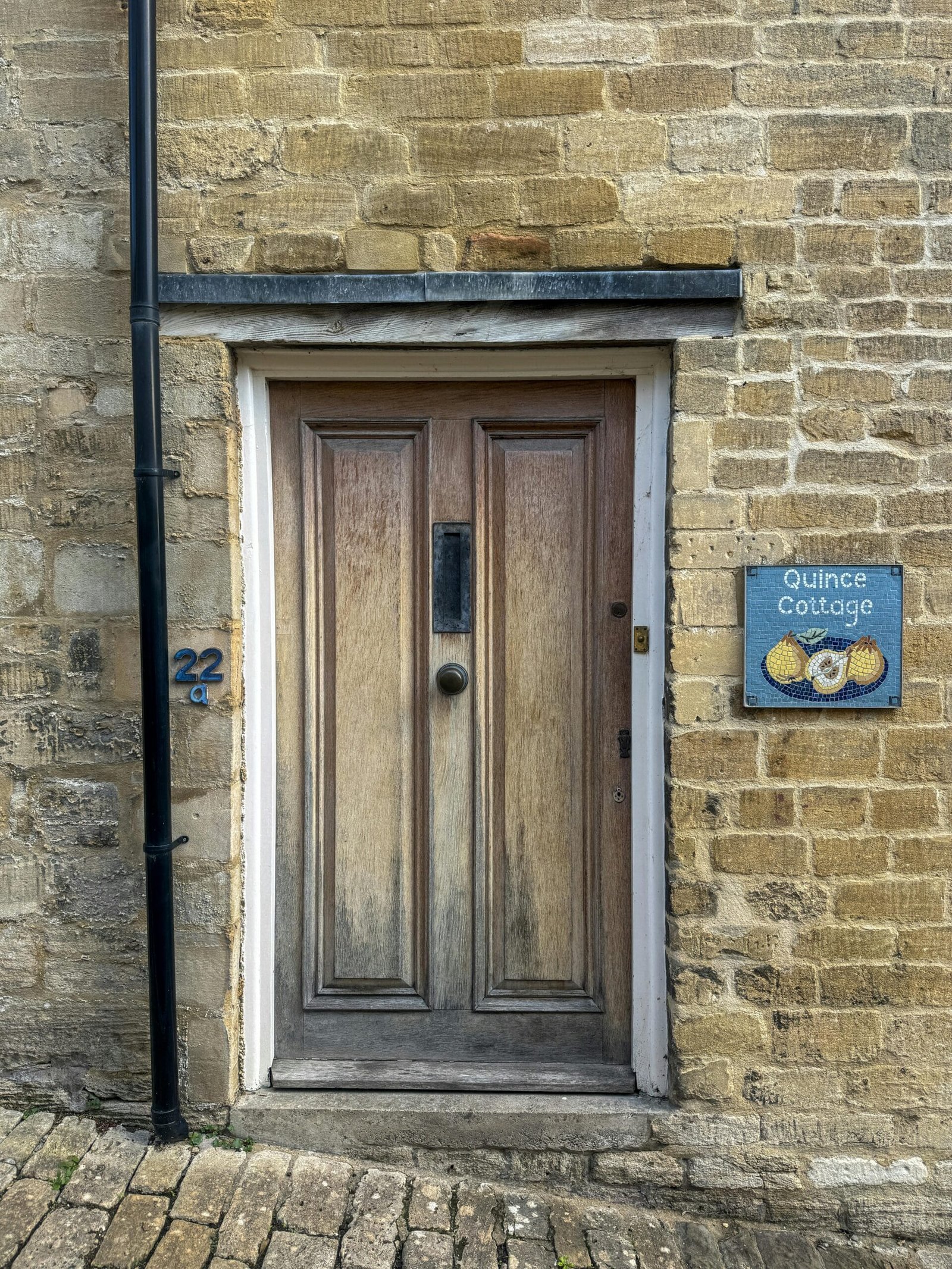Have you ever wondered, “Do I need a permit to drill a well on my property?” It’s a question many property owners grapple with, especially with the growing interest in personal water sources. Understanding the regulations surrounding residential wells can seem daunting, but it doesn’t have to be. Let’s unravel the details about well-drilling permits, the key requirements, potential challenges, and everything else you might need to know.
Understanding Well Drilling
What Is a Well?
A well is essentially a hole drilled into the ground to access water in underground aquifers. These structures come in various forms and sizes, but their primary aim is to provide a water source for domestic use, irrigation, or even commercial purposes. Wells tap into the natural water supply beneath the earth’s surface, drawing water through mechanisms that may be powered by electric pumps or manual systems.
Why Drill a Well?
Drilling a well on your property can offer numerous advantages. From reducing reliance on municipal water supplies to gaining access to fresh and potentially mineral-rich water, wells can be valuable assets. They may also increase property value, provide a dependable water source during municipal shortages, and support eco-friendly water management practices.
Regulatory Requirements for Drilling a Well
General Permit Requirements
When it comes to drilling a well, understanding local regulations and securing the appropriate permits is critical. Although requirements vary depending on your location, permits are generally required to ensure that well constructions comply with environmental standards and public safety considerations. Without the necessary permit, you might face penalties, fines, or be forced to shut down an improperly installed well.
Factors Influencing Permit Requirements
Several elements influence whether you’ll need a permit:
Location: Local regulations are a significant determinant. States, counties, or municipalities often have specific laws governing water usage and well drilling.
Water Use: The intended use of the well, such as residential, agricultural, or commercial, can impact permit requirements.
Depth and Type of Well: Deeper wells might require more stringent regulations compared to shallow or surface-level wells.
Example Table: Permitting Authorities by State
| State | Permitting Authority | Website |
|---|---|---|
| California | State Water Resources Board | www.waterboards.ca.gov |
| Texas | Texas Commission on Environmental Quality | www.tceq.texas.gov |
| Florida | Florida Department of Environmental Protection | www.floridadep.gov |
Environmental Regulations
Beyond local permits, environmental factors often play a substantial role in well drilling. It’s crucial to be aware of:
Impact on Local Ecosystems: Drilling can affect groundwater levels, potentially disrupting local flora and fauna.
Water Quality Measures: Ensuring that your well does not contaminate local water supplies is an important regulatory consideration.
Zoning and Property Restrictions
Zoning laws can also influence where and how you drill a well. Specific guidelines may dictate how close your well can be to property lines, septic systems, and other structures. It’s vital to check with local authorities to understand these zoning restrictions.

Steps to Obtain a Well Drilling Permit
Research Local Regulations
Begin by investigating local governance on well drilling in your area. Contact your county or city office to gather pertinent information on permit needs and processes. Local environmental agencies or health departments might also provide guidance on well regulations and water quality standards.
Prepare Necessary Documentation
To secure a permit, you’ll often need to submit several documents, which may include:
Property Maps: Indicating proposed well location and proximity to existing structures.
Site Plan: Detailing the planned drilling site and compliance with zoning restrictions.
Environmental Impact Assessments: In some regions, this may be a requirement to evaluate potential ecological impacts.
Application Submission and Fees
Once your documentation is in order, complete your application and submit it to the relevant authority. Be prepared to pay any required fees, which can vary based on location and well specifications. Ensure all information is accurate to avoid delays in the permitting process.
Inspection and Approval
After applying, an inspection of your property may be necessary to verify compliance with local regulations. Approval timelines and requirements can differ, so staying informed about your application’s status is beneficial.
Common Challenges in Well Drilling
Technical and Installation Issues
Drilling a well comes with its share of technical challenges. Factors such as ground composition, aquifer depth, and existing infrastructure can impact the ease and success of installation. Engaging experienced professionals to conduct the drilling can mitigate potential issues.
Water Quality Concerns
Ensuring access to clean and safe water is paramount. Water testing is often a requirement to ascertain the quality and safety of the well water. Potential contaminants will need to be addressed, and a regular testing schedule should be adhered to for ongoing assurance of water quality.
Legal Disputes and Property Rights
Conflicts over water rights and property boundaries might arise, especially in areas with scarce water resources or high property density. Clarifying property lines and potential water rights with neighbors before drilling can help prevent legal disputes.

Maintaining Your Well
Regular Inspections and Testing
Proper maintenance is crucial for ensuring the longevity and efficiency of your well. Conduct regular inspections to check for structural integrity, and schedule routine water testing to monitor for contaminants.
Upgrade and Repair Considerations
Over time, your well’s components may require upgrades or repairs. Whether it’s replacing a pump or addressing seal issues, timely interventions can prevent minor issues from escalating into larger problems.
Cost Considerations
Initial Drilling Expenses
Costs can vary widely depending on well depth, location, and technical requirements. It’s important to factor in not just the drilling but also any additional infrastructure and equipment needed.
Ongoing Maintenance Costs
Beyond initial expenses, budget for ongoing costs related to maintenance, repairs, and water testing. Proper financial planning can help ensure continuous access to a safe water supply.
Potential Financial Assistance
Some regions offer financial assistance or incentives for well drilling, particularly in areas facing water shortages or agricultural zones. Checking with local or state programs may provide opportunities for financial relief.

Conclusion
Drilling a well on your property can be a rewarding endeavor, providing a reliable and potentially cost-effective water source. However, navigating the permit process and understanding local regulations are crucial steps before you begin. By doing the research, preparing thoroughly, and seeking professional guidance, you can ensure a smooth and compliant well-drilling experience. Whether you’re motivated by sustainability or the desire for self-sufficiency, a well could be a valuable addition to your property. Always remember, the key to success in this endeavor lies in thorough preparation and adherence to the water laws and regulations that govern your local area.
